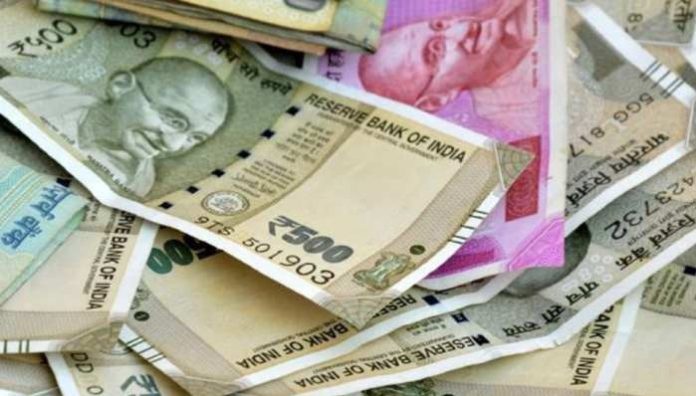Life Insurance Corporation of India ie LIC is India’s largest and government insurance company. LIC runs many types of insurance policies for Indian citizens. One of these policies is LIC Dhan Sanchay. This scheme of LIC is a non-linked participating individual savings plan life insurance policy. Under this plan, investors get guaranteed income benefit during the policy term before maturity. Today we will know in detail about this scheme.
Let us tell you that this policy can be taken for a period of 5 to 15 years. Its special thing is that the loan facility is also available to the policyholder in this policy. On the other hand, in case of death of the policyholder during the policy term, the death benefit is given to his family.
Know what are its benefits
Many special benefits are available under LIC Dhan Sanchay policy. These include taking money in lump sum or in installments for 5 years in death benefit option. Apart from this, maturity benefit also includes guaranteed income and terminal benefit. If the policyholder passes away during the payout period, the nominee continues to receive the income.
Four options are available for investment
You get a total of 4 options for investment in LIC’s wealth accumulation policy. They are named A, B, C and D. In this, the sum insured in option A and B is at least Rs 3 lakh 30 thousand. In Option C, you get at least Rs 2 lakh 50 thousand and in Option D, you get an insurance opportunity of Rs 22 lakh.
Age limit for investment:
The minimum age for investing in LIC’s Dhan Sanchaan policy is 3 years. While its maximum age limit can change according to different options. For example in A and B option the maximum age limit for this policy is 50 years. At the same time, the maximum age limit for investment under Option C is 65 years while under Option D this limit is 40 years.
The annual premium will come to this much, let us tell you that if you want to invest in LIC’s money saving policy, then you can choose the policy term for 5, 10 or 15 years. You will get returns according to the number of years you choose the plan. Please tell that under this policy, you will have to pay a premium of at least Rs 30,000 annually. On the other hand, if the policyholder dies, the nominee gets a minimum death benefit of Rs 2.50 lakh and a maximum of Rs 22 lakh.















